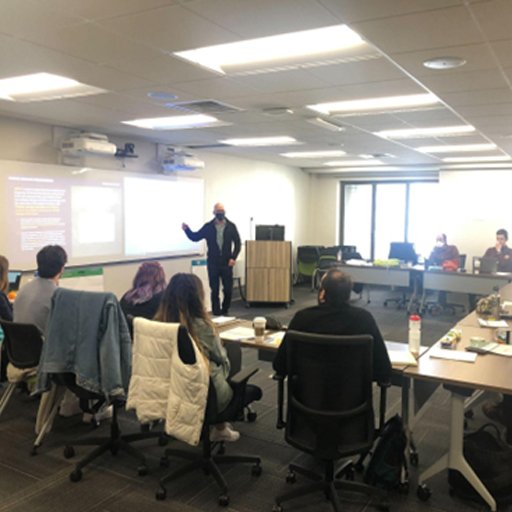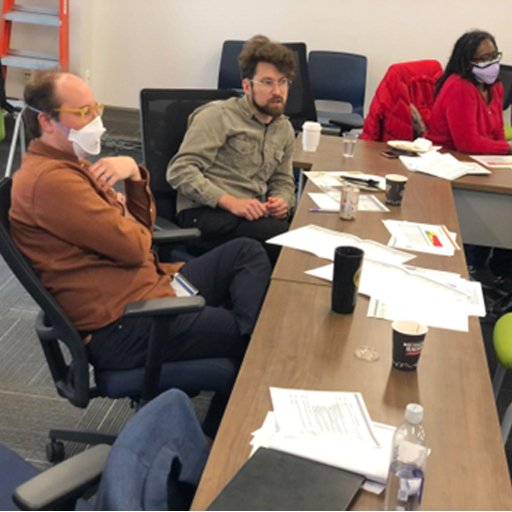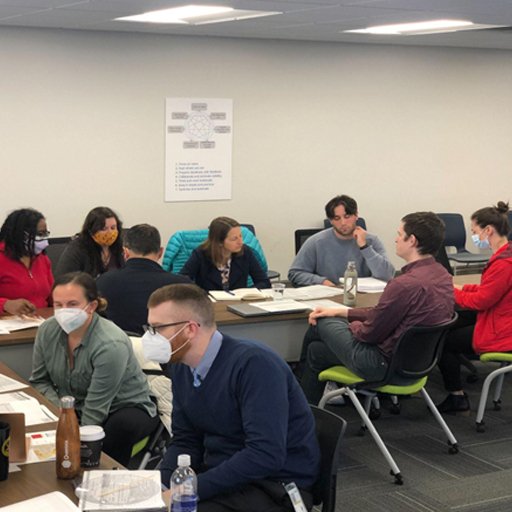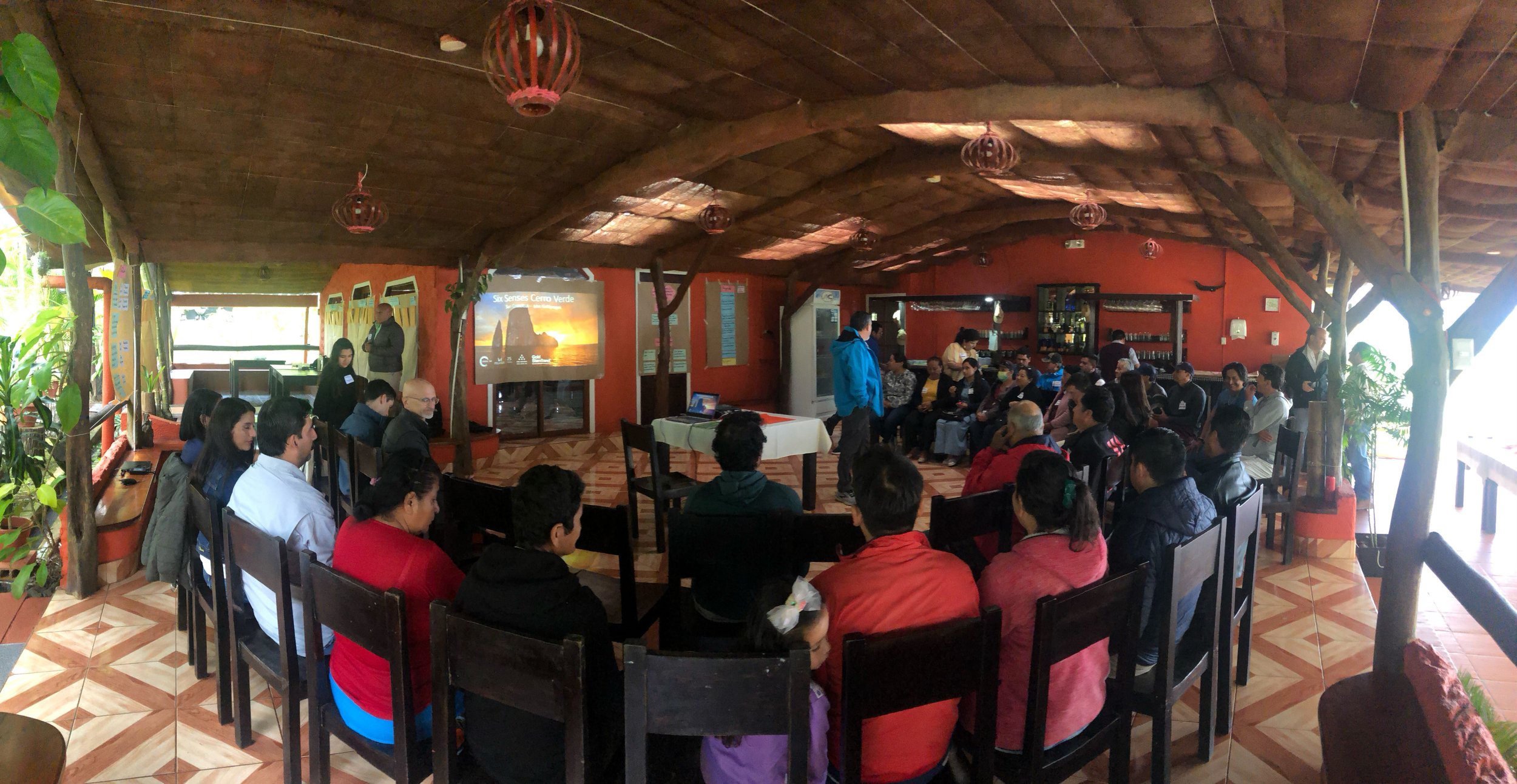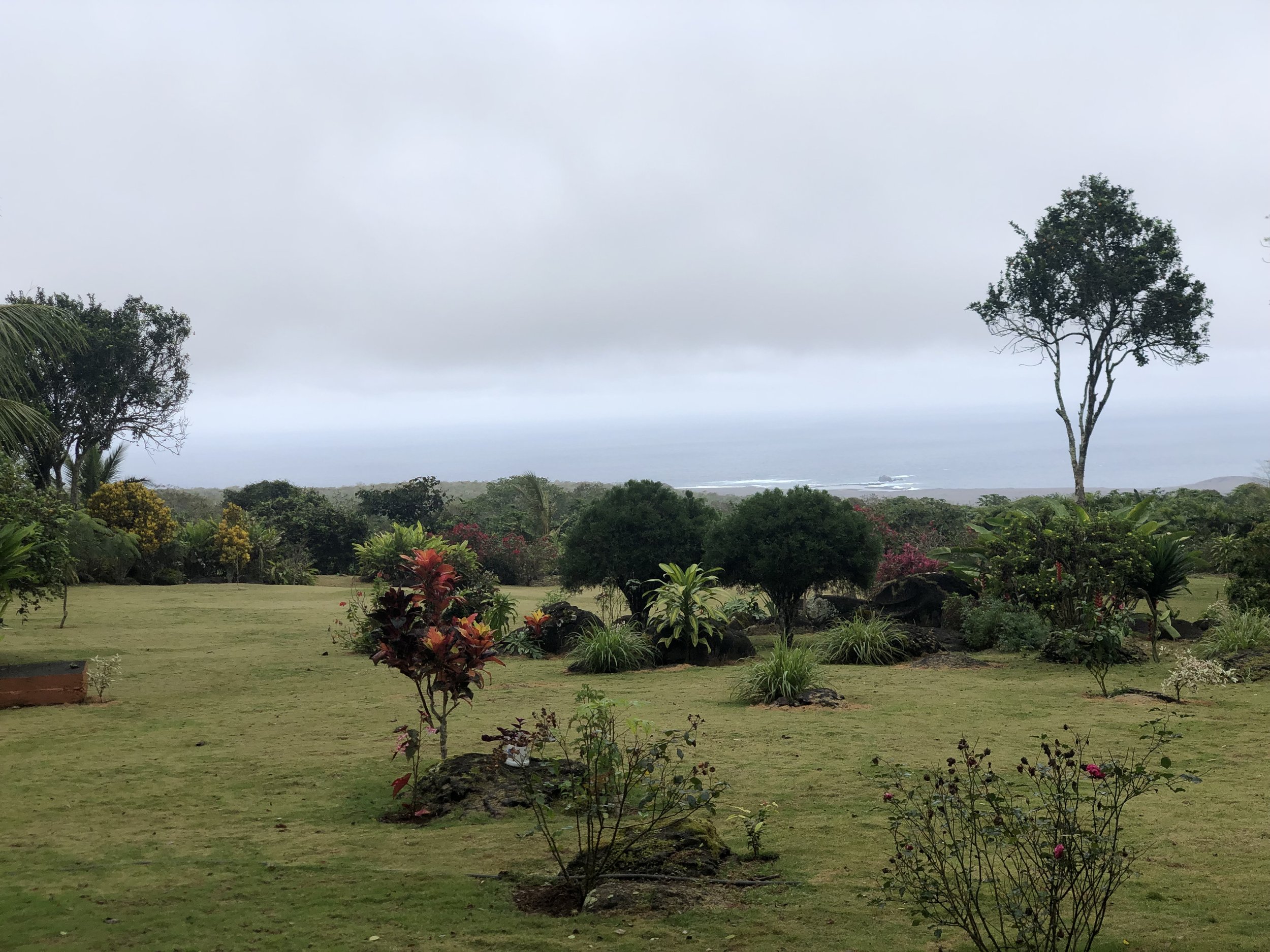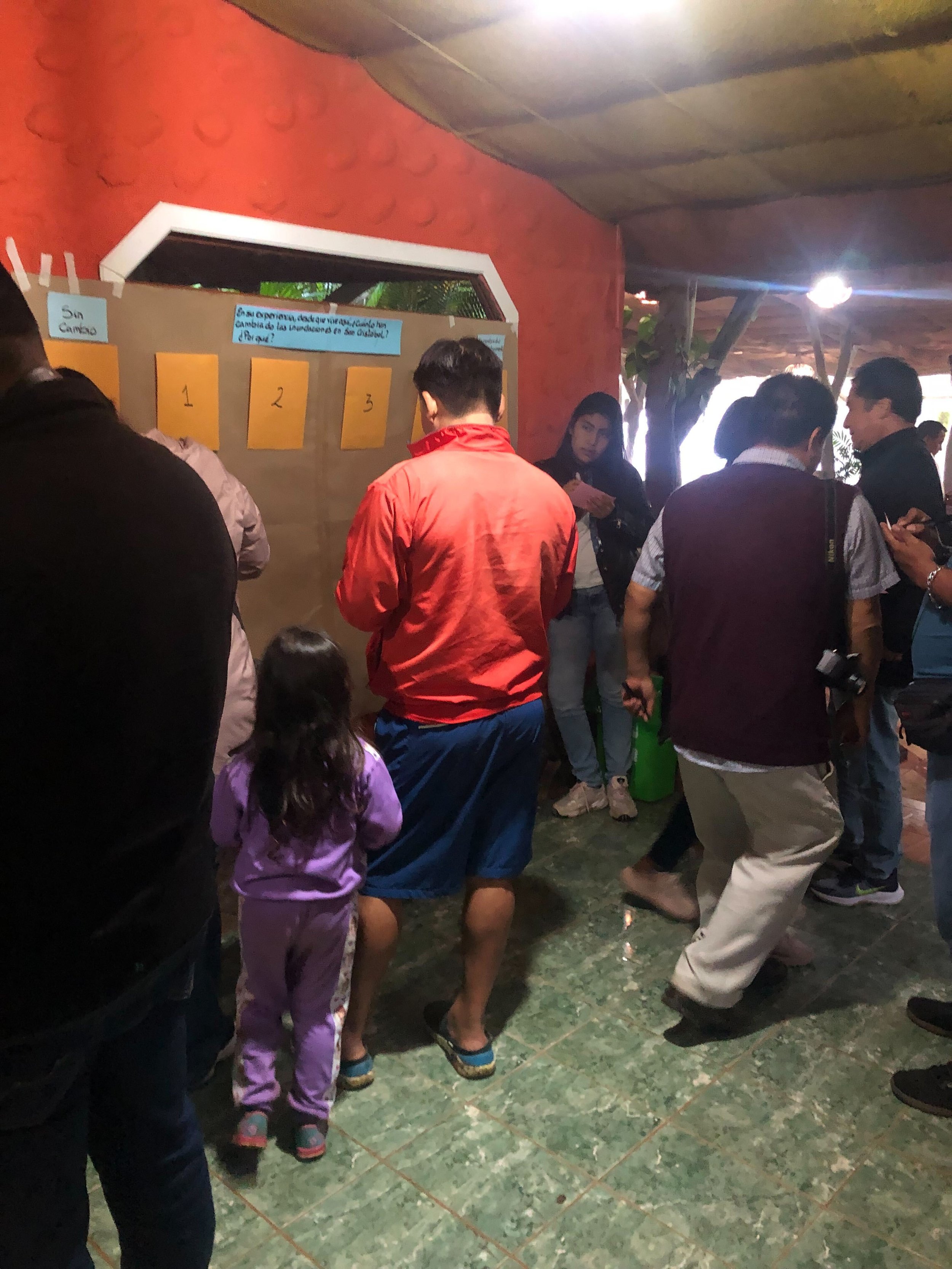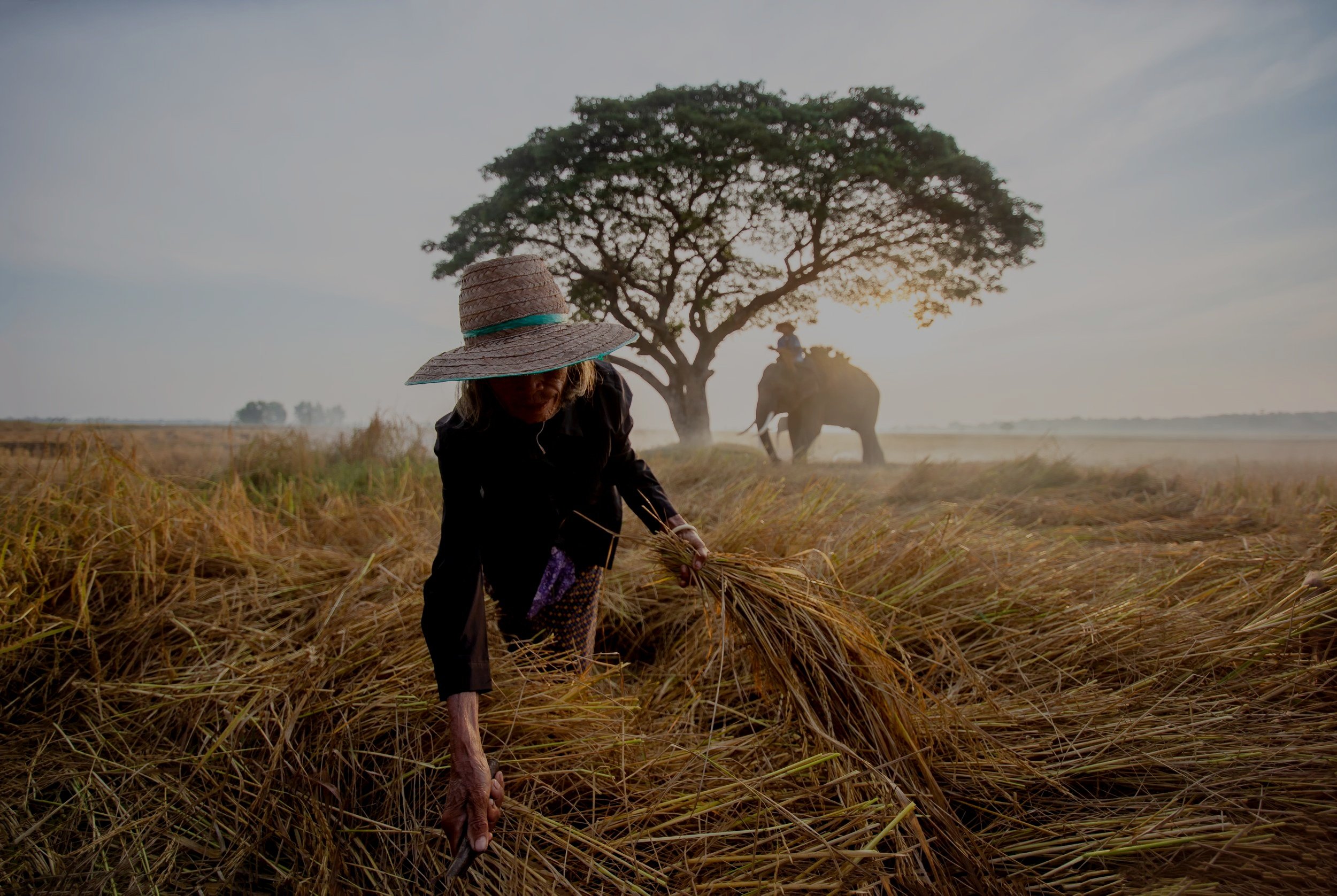
Across the globe, we are already experiencing significant destruction of infrastructure and community assets along with loss of livelihoods, ecosystems and human lives due to climate-related events and heightened climate-related stresses. These losses and impacts are often an outcome of poor resilience planning, design, and management. Climate change losses related costs are projected to rise to US$300 billion by 2030 (UNEP 2019) and US$500 billion per year by 2050 (PWC, 2020). Climate change hazards and risks are not evenly distributed across the globe.
Growing awareness of these impacts has resulted in the increasing mobilization of public as well as private impact funds and capacity-building programs for national and local jurisdiction adaptation planning. For example, the EU commission recently committed over €1 billion for building climate adaptation and resilience measures in Africa. Hundreds of local authorities in middle to high income countries—and surely soon to be joined by authorities in low- and other middle-income countries—have developed (or are in the process of developing) local adaptation and resilience plans to address the impacts of climate change. However, all too often, these plans are not followed by the preparation of the necessary portfolios of adaptation projects required to unlock greater adaptation investments and to reduce projected harms and losses.
An adaptation project standard can be a powerful tool to aid the development of stronger adaptation project pipelines and portfolios, at the same time supporting the broader development of an ecosystem of aligned technical professionals, policy makers, and investors needed to scale adaptation investment globally.
Piloting the Standard with Climate Adaptation Projects Across the World
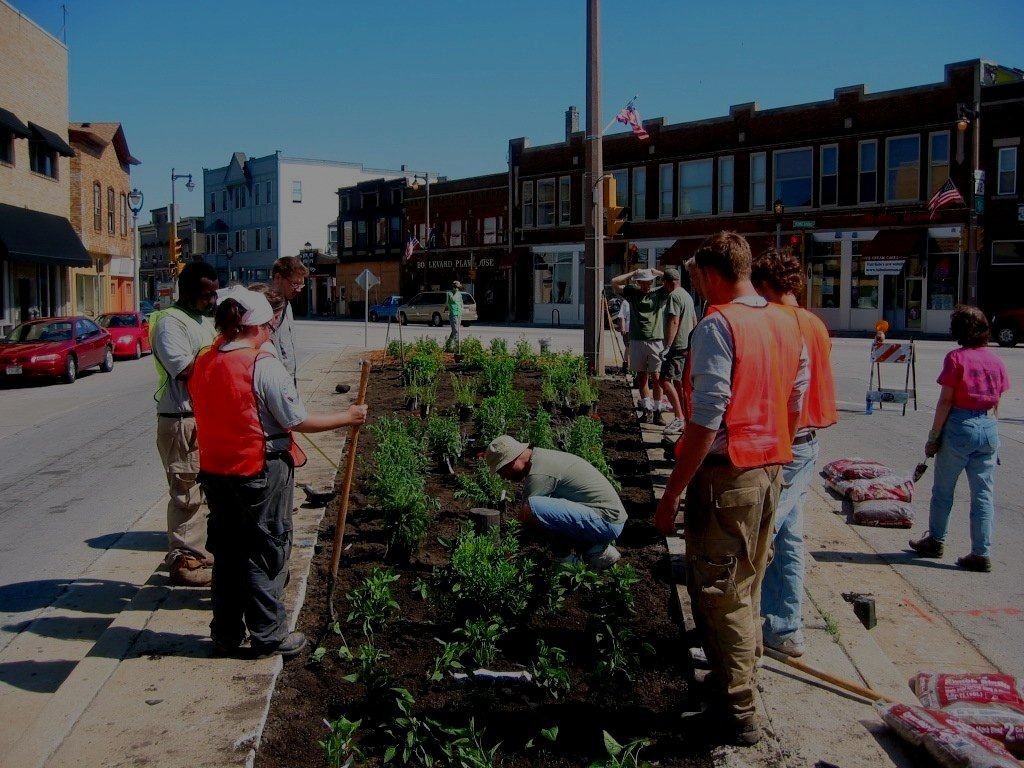
Gold Standard and Resilient Cities Catalyst have tested the adaptation framework and guidance on two pilot schemes. The first project was in Pittsburgh, U.S.A. led by the City in collaboration with local nonprofits and community based organizations (CBOs). The second, an ecotourism resort project on San Cristobal island in the Galapagos Islands. The project was led by a private developer in collaboration with a global capital investing firm.
Greenways Adaptation Project
Pittsburgh

The City of Pittsburgh’s Greenways program, aims to maintain over 605 acres of primarily forested, hilly and often steep-sloped ‘greenway’ corridors. These are passive, largely forested spaces that were transferred to the municipality during the decline and abandonment of the city’s steel industry. They are located on steep land unsuitable for building, and have been historically neglected. Over time, the environment has degraded, impacting the neighboring communities. Increasingly heavy rainfall events and ice storms have increased the incidence of landslides on the greenways, on occasion damaging abutting properties and blocking roadways.
The application process highlighted the need for developing adaptive management approaches that would help cope with the expected increases in rainfall due to climate change.
The Standard’s detailed process helped the City prepare necessary actions for climate resilience based on scientific and local advice and evidence. It also helped them secure additional funds for Greenways site regeneration. As these vital spaces become better managed, additional jobs will be created with increased sense of wellbeing from improved communal green spaces.
Cerro Verde Resort
San Cristobal, Galapagos, Ecuador

The Cerro Verde eco-tourism resort project located on the San Cristobal island, which like most Galapagos islands has highly unique coastal, lowlands, and highlands micro-climates and ecological sensitivities. The island’s biodiversity is already being impacted by a variety of climate hazards. These climate hazards range from shorter and more intense rainy seasons in the highlands to ocean acidification, from more frequent El Niño events to increases in invasive pests and pathogens affecting local agricultural sector and the endemic flora and fauna population.
In collaboration with XCO2, Pegasus Capital Advisors, Orgal, and Gold Standard, RCC conducted an on ground stakeholder engagement workshop on Sept 25, 2022 to receive input from local stakeholders such as farmers, tour operators, parks department, local community based organizations, etc. on hazards and changing climate scenarios based on their lived experience.
The Standard was applied to develop short- and long-term climate adaptation measures for consideration in the design of the resort’s buildings, landscaping, amenities, and business strategies. It was used to further prepare the planned contributions of the resort to the local economy as well as endemic species preservation, suppression of invasive species, local food systems, and tourism.
Key Lessons from the Pilots in Pittsburgh and Galapagos
The early findings from these pilot projects show that as climate hazards become more commonplace, the long-term existential viability of public assets as well as private investments will depend on adapting to each project’s site-specific and systemic climate risks. Investing in adaptation delivers almost immediately in two ways. It mitigates site- and project-specific climate risks, and the associated current and future harms and economic/business losses. It also increases the performance of projects and investments by detailing ways that project’s can be designed to include other SDG co-benefits. These include, strengthening the local farming, tourism, and recreation sectors, providing new sources of local employment, and increasing local transportation, food, and water security. The Adaptation Standard promises to be a powerful tool to measure, manage and maximize sustainable development impacts over the long-term.
Team QualificationsLocalities have limited experience and staff capacity in climate adaptation project design and preparation. This is the case even in advanced industrial countries and localities that have well-established capacities for climate change mitigation, and even in those cities that have prepared city-wide climate adaptation plans. Therefore, until such capacities are established in local context, project teams may have to engage external capacity-building and technical advisors who have qualifications and experience with adaptation project preparation. |
Scientific Data and Local KnowledgeClimate change impact projections are only available at a high-level scale of countries and regions. Data that is downscaled from these higher-level projections has significantly reduced scientific validity and does not reflect unique local geographic, micro-climate conditions that substantially determine local exposures and risks. This is the case even in advanced industrial countries with extensive scientific capacities and climate modeling capabilities. Therefore, access to local quantitative and qualitative information about recent local events and conditions is critical as an alternative to modeling data. |
Stakeholder Education & Participation in Project PreparationConsidering the unique technical nature of climate science and climate dynamics, the effective engagement of local stakeholders in the project development process requires stakeholder education sessions about climate change. Furthermore, the need to consider multiple climate scenarios and a range of possible hazard exposures in the project risk assessment process increases the need to have a consistent group of local stakeholder representatives participate in the whole project preparation process. |
Project Boundaries Definition & Systemic DependenciesClimate change impacts are systemic in nature—that is, they affect not only the project location and site but the conditions and resources upon which the project depends, both upstream (e.g., water and power supplies) and downstream (e.g., transportation routes, drainage basins). For this reason, the effective mitigation and management of climate risks involves consideration of these systemic dependencies as well as local/site-specific climate impacts in defining the project scope and boundaries and when implementing hazard analyses and risk assessments. |
Multi-Hazards Events & Multi-Scenario Risk ProfilesClimate adaptation involves the adoption of measures to mitigate risks under climate conditions that are not yet certain—and that may not be certain for a period of some decades. Therefore, risk assessments and project designs need to consider a selected range of scenarios. The scenarios consider two factors: i) the extent and character of changing climatic conditions in the project location/site and ii) the possibility of multi-hazard events under each future climate ‘reality’. |
Partnership:
Resilient Cities Catalyst
and Gold Standard
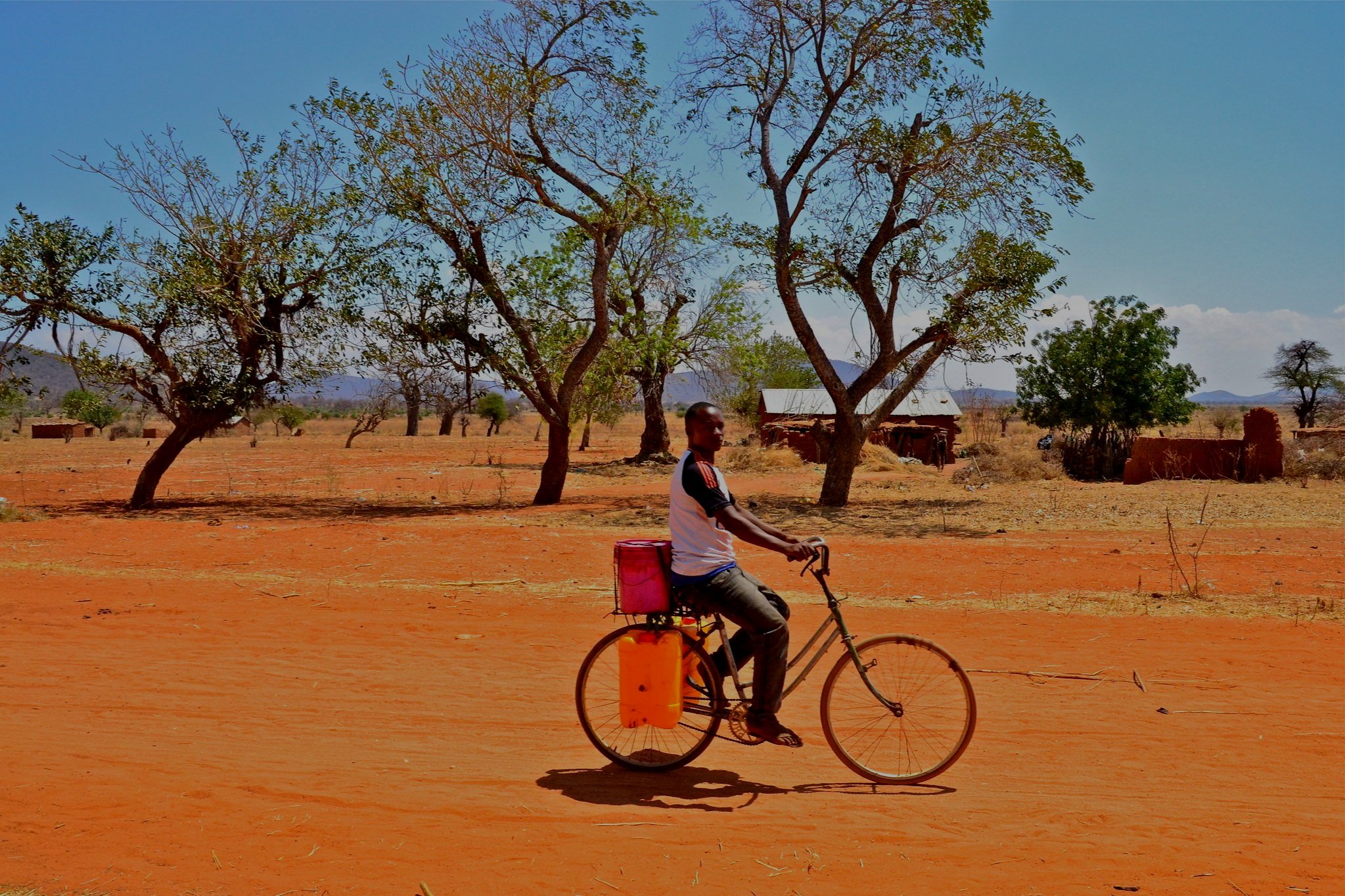
In partnership with Gold Standard (GS), the international impact standards organization, RCC has developed a new international standard for the preparation and implementation of climate adaptation projects. This new adaptation projects standard is to guide local project owners to design, prepare, and implement quality climate adaptation projects in the context of still-evolving local climate change scenarios. By improving adaptation project viability, science and stakeholder informed quality, and investment worthiness, the Gold Standard/RCC standard can also improve the quality and scale of project pipelines for existing and emerging climate adaptation and resilience funds.
Unlike existing frameworks, the Gold Standard/RCC Standard assesses adaptation at the level of projects which has two key benefits. By defining a project design standard within the emerging national and local adaptation frameworks, the Standard aims to support both public authorities and the private sector in aligning the designs and management of projects with the defined goals and requirements in their climate action plans and resilience planning strategies.
As part of the Standard’s development process, RCC and Gold Standard convened a Technical Advisory Panel (TAP) over the course of 9 months representing 9 global organizations representing impact investing, private consulting, development banks, and global non-profits and think tanks. The TAP provided feedback on the draft requirements for the Standard, addressing critical feedback on the 28 requirements addressing critical project components such as team qualification and formation, stakeholder engagement, project technical design, hazard analysis and risk assessment, and adaptive management approaches.
The Standard’s 18 adaptation project preparation requirements provide a roadmap for project developers to design and implement projects taking current, projected, and as yet uncertain climate change risks into account. See the infographic below summarizing the structure of the requirements.
Standard’s 5 project Development Phases
The Standard’s 18 requirements and guidelines help project owners address both direct and systemic climate risks.
Partners






